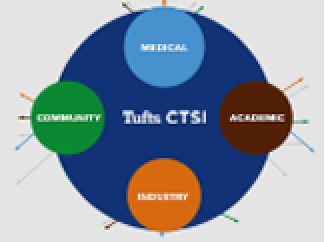Dr. Thomas Stopka is a professor with the Department of Public Health and Community Medicine at Tufts University School of Medicine and at Tufts Clinical and Translational Science Institute (CTSI). He has contributed to and led numerous mixed methods, multidisciplinary, and translational studies focused on the intersection of opioid use disorder (OUD), overdose, and injection-mediated comorbidities since 1999. Dr. Stopka has employed geographic information systems (GIS), spatial epidemiological, qualitative, and biostatistical approaches in multi-site, multi-investigator studies and public health interventions to better understand and curb the opioid syndemic. He currently leads and contributes to several studies funded by the NIH, CDC, SAMHSA, and state and local departments of public health, and private and philanthropic agencies, with a focus on development and implementation of evidence-based interventions among opioid users in New England. Dr. Stopka has also led and contributed to studies focused on: (1) medication for OUD following nonfatal overdoses; (2) associations between potentially inappropriate opioid prescribing, overdose, and all-cause mortality; (3) spatial analyses to identify and characterize statistically significant hotspot clusters for overdose, HCV, and HIV; and (4) geographic access to naloxone and sterile syringes to prevent overdose and disease transmission. He teaches traditional and online courses in GIS for Public Health, Research Methods for Public Health, and Epidemiology.
Research synopsis: Dr. Stopka leads and contributes to a number of federally and locally-funded studies that aim to better understand opioid use disorder, opioid overdose, and injection-mediated comorbidities (HCV, HIV, STIs) through multi methods research (qualitative, quantitative, spatial epidemiological). He also focuses on development and implementation of data-driven and evidence-based interventions to address the opioid crisis and curb health disparities.



